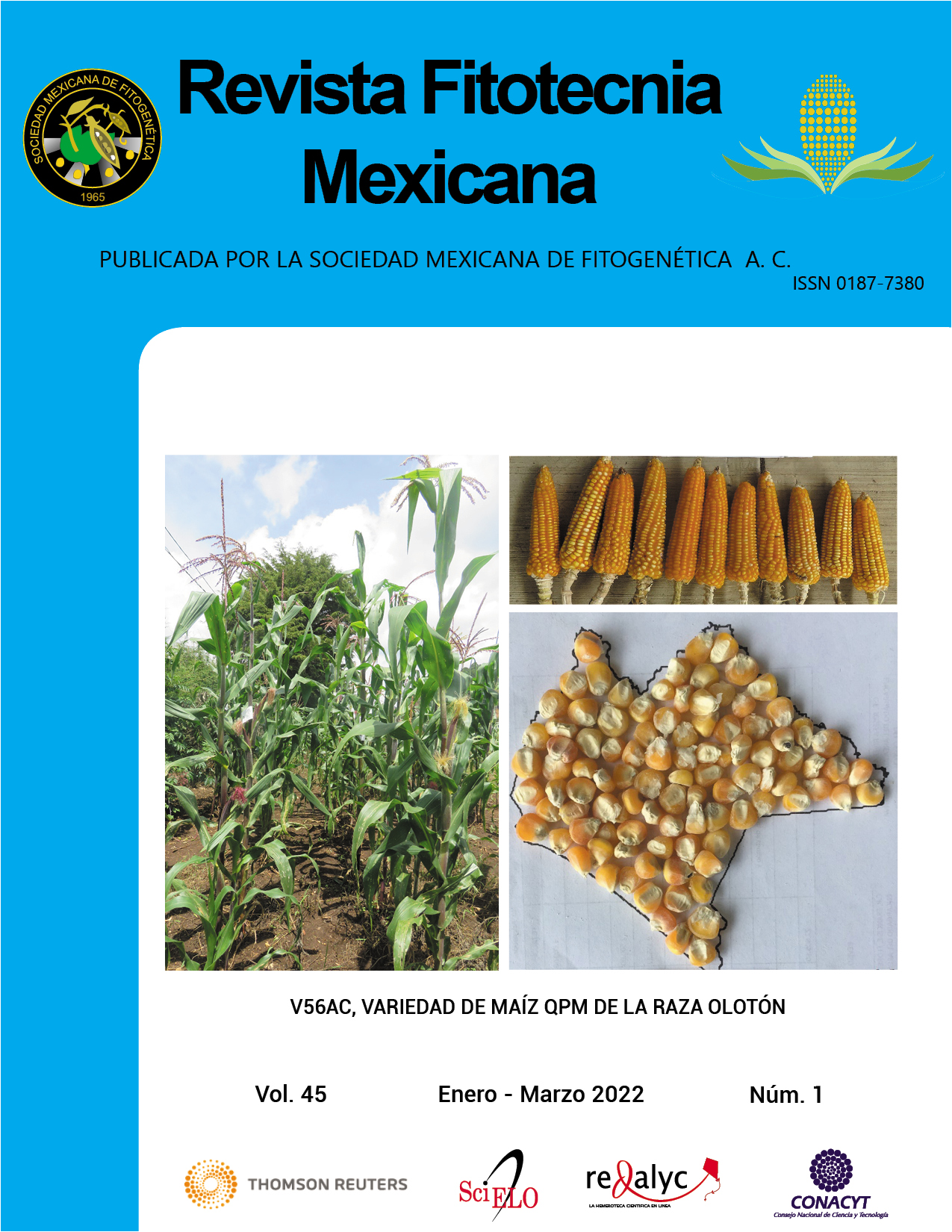MOLECULAR, MORPHOLOGICAL AND BIOCHEMICAL CHARACTERIZATION OF ACTINOMYCETES AND THEIR ANTAGONISTIC ACTIVITY AGAINST PHYTOPATHOGENIC FUNGI
Main Article Content
Abstract
Plants are susceptible to a wide variety of pathogens that can affect their physiology, growth and cause death. Synthetic fungicides are used for fungal control; however, these chemicals can be harmful to the environment and favor the development of resistance; therefore, as a viable alternative, antagonistic fungi, bacteria and actinomycetes can be used in agriculture as biocontrol agents. A total of 1763 isolates of actinomycete were obtained from soil samples from different agroecosystems in Chihuahua, Mexico. Forty-four isolates were analyzed for their morphology, molecular characteristics, ability to hydrolyze various substrates, ability to use different energy sources and antagonistic activity. The isolated actinomycetes belong to the genera Amycolatopsis, Saccharopolyspora, Nocardioides and Streptomyces, according to molecular identification of the 16S rRNA gene. Streptomyces was the most abundant (90.9 %). Most of the selected isolates produced siderophores (93.2 %) and indole acetic acid (66 %). Isolates preferably used soluble starch among 19 tested energy sources. Confrontation studies of isolates with Fusarium equiseti, F. oxysporum, Alternaria alternata and Sclerotium rolfsii showed inhibition of radial growth (IRG) of 0.3- 92.1 %, 0-98.5 %, 0.4-96.9 %, and 0.2-100 %, respectively. Isolates A07 (Streptomyces cangkringensis CIAD-CA07), A27 (Streptomyces misionensis
CIAD-CA27) and A45 (Streptomyces kanamyceticus CIAD-CA45) showed IRG values larger than 50 % against the four fungi. Isolate A27 caused the highest IRG values (92.1- 99.1 %), with S. rolfsii being the most susceptible fungus and F. equiseti the most resistant one. Results demonstrated the wide abundance and diversity of actinomycetes in agroecosystems. Some of the isolated actinomycetes showed high antagonistic activity and might be used as biological control agents of phytopathogenic fungi.

